Catching Mackerel and Bluefish From Popular New England Piers
The rocky coastline of New England has long been a paradise for anglers seeking the thrill of catching fast-swimming, hard-fighting fish without the need for a boat. Among the most sought-after catches from New England’s iconic piers are mackerel and bluefish – two species that offer exciting action for everyone from beginners to seasoned fishermen. These fish migrate along the coast seasonally, creating predictable opportunities for shore-based anglers to experience world-class fishing. Whether you’re casting from the historic granite blocks of Rockport Harbor or standing alongside locals at the bustling Commercial Street pier in Portland, knowing when, where, and how to target these species can transform a casual outing into a memorable day filled with bent rods and full coolers.
Understanding New England’s Mackerel and Bluefish

Atlantic mackerel (Scomber scombrus) and bluefish (Pomatomus saltatrix) are two of the most abundant and accessible game fish along the New England coast. Mackerel are sleek, streamlined fish with distinctive blue-green tiger stripes across their backs, typically ranging from 8 to 14 inches when caught from piers. Bluefish, by contrast, are more substantial predators with a bluish-silver coloration, prominent teeth, and weights commonly between 2 and 12 pounds when caught from shore. Both species are migratory, following warming water temperatures northward in spring and summer before heading south again as fall approaches. Their schooling behavior means that when you find one, you’ve likely found many, making them perfect targets for anglers looking to bring home fresh fish for the table.
Prime Seasonal Windows for Success
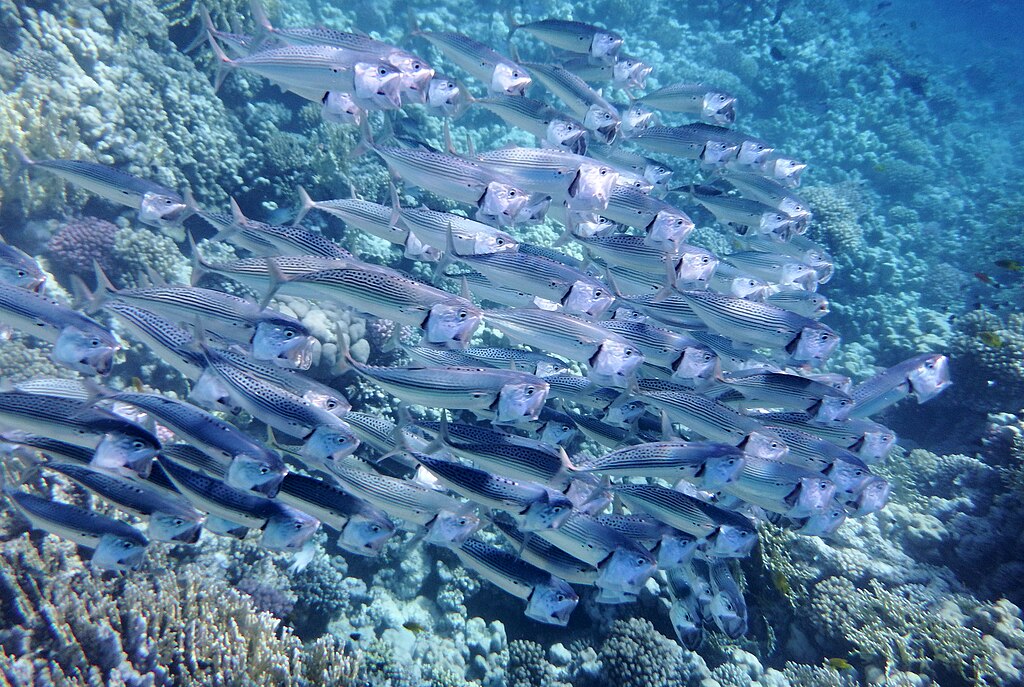
Understanding the seasonal movements of mackerel and bluefish is crucial for planning productive pier fishing trips in New England. Mackerel typically appear first, arriving in southern New England waters by May and pushing northward into Maine by June, remaining accessible through September in most areas. Bluefish follow a similar but slightly delayed pattern, with the best pier fishing occurring from late June through October, with September often producing the largest specimens as they feed aggressively before their southward migration. Water temperature plays a critical role in these movements, with mackerel preferring temperatures between 45-65°F while bluefish become most active in waters from 60-75°F. Savvy anglers monitor local reports and water temperatures to time their outings accordingly, recognizing that an early morning or evening trip during peak season can often yield the best results.
Essential Tackle and Gear

Successful pier fishing for mackerel and bluefish doesn’t require expensive specialized equipment, but certain setups improve your chances. For mackerel, a light to medium spinning rod between 7-9 feet with a reel spooled with 8-12 pound test line provides the perfect balance of sensitivity and strength. Bluefish demand slightly heavier gear, with a medium to medium-heavy rod and reel combination spooled with 15-20 pound test line to handle their aggressive runs and sharp teeth. Terminal tackle should include wire leaders (particularly for bluefish), sabiki rigs for mackerel, and an assortment of metal lures in the 1-3 ounce range. Additional essential gear includes needle-nose pliers for hook removal, a sharp knife for cleaning your catch, a cooler with ice, and polarized sunglasses that allow you to spot schools of fish in the water. Many experienced pier anglers also carry a small landing net, as lifting larger fish directly onto high piers can result in lost catches.
Top Productive New England Piers

New England boasts dozens of productive fishing piers, but several stand out for consistently producing mackerel and bluefish. In Massachusetts, Plymouth Town Wharf and Provincetown’s MacMillan Pier offer excellent access to deep water and seasonal runs of both species. Moving north to New Hampshire, the Hampton Beach Pier provides exceptional fishing when schools push close to shore during summer months. Maine’s offerings include the Bangor Waterfront pier on the Penobscot River for early and late season bluefish, while the Portland Fish Pier gives anglers access to some of the state’s most reliable mackerel runs. Rhode Island’s Galilee State Pier in Narragansett has developed a reputation for consistent bluefish action throughout the summer. Each of these locations features amenities like nearby parking, cleaning stations, and often bait shops within walking distance, making them ideal for both planned outings and spontaneous fishing trips.
Mackerel Fishing Techniques
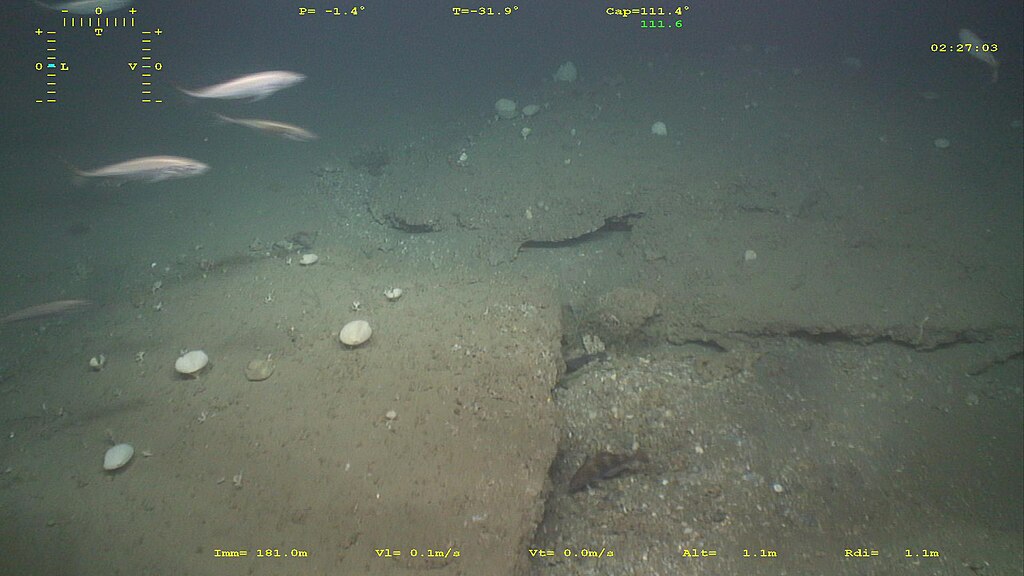
Mackerel are schooling fish that typically feed on tiny baitfish and plankton, making them susceptible to specific fishing methods from piers. The most productive technique employs sabiki rigs – pre-tied arrays of small hooks with colorful attractors that mimic the small prey mackerel feed upon. When schools are present, simply dropping these rigs into the water and retrieving them with a moderate jigging action often results in multiple fish at once. Another effective approach uses small metal lures like Kastmasters, Swedish Pimplers, or mackerel jigs in the 1/2 to 1 ounce range, retrieved quickly just below the surface to trigger reaction strikes. Early morning fishing typically produces best, especially on rising tides when schools push closer to structure. When mackerel are feeding actively, their splashing activity often creates visible “rips” on the surface that serve as clear indicators of where to cast your offerings.
Bluefish Tactics That Produce Results

Bluefish demand a more aggressive approach than mackerel, reflecting their predatory nature and voracious feeding habits. Metal lures like Hopkins, Deadly Dicks, and Diamond jigs in the 1-3 ounce range cast long distances and mimic the wounded baitfish that trigger bluefish feeding frenzies. The retrieve should be fast and erratic, occasionally pausing to let the lure flutter downward like an injured baitfish. Surface plugs and poppers also produce explosive strikes, especially during dawn and dusk feeding periods when bluefish often push bait to the surface. When using bait, fresh chunks of mackerel, menhaden, or herring on a fish-finder rig with a wire leader consistently produce results. The key with bluefish is to present your offering where they’re actively feeding – this often means casting toward visible splashing activity or birds diving on baitfish that bluefish have pushed to the surface.
Reading Water and Weather Conditions
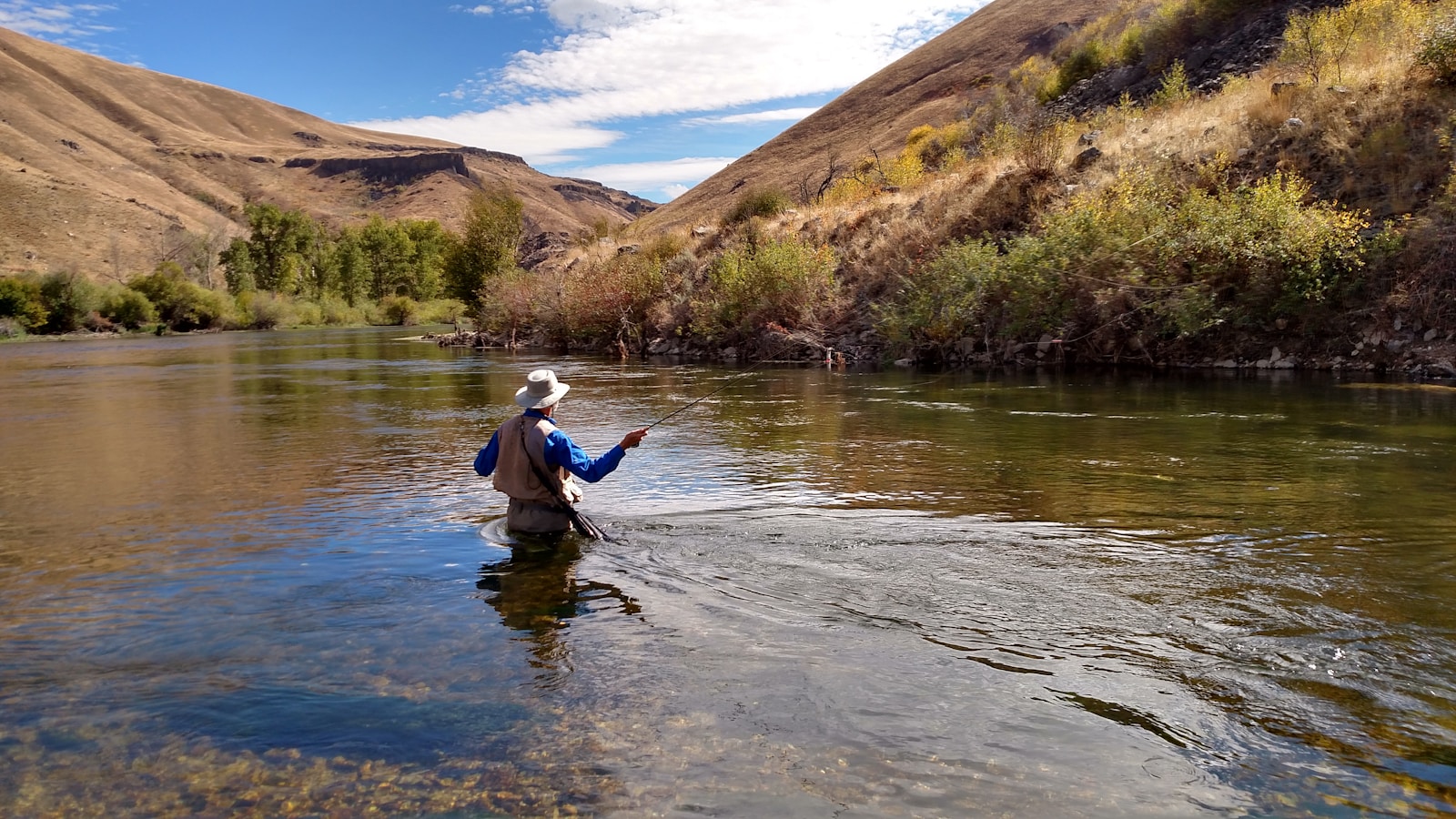
Successful pier anglers develop the ability to “read” the water and understand how conditions affect fish behavior. Incoming tides generally produce the best action, as they push baitfish toward structure and concentrate feeding activity. Look for current seams, eddies, or ripples that indicate underwater structure where predators might ambush prey. Wind direction plays a crucial role – an onshore breeze often pushes baitfish toward piers, while offshore winds may push feeding activity further from shore. Water clarity also affects tactics; clear water usually requires more subtle presentations and longer casts, while slightly murky conditions allow you to use more visible lures and fish closer to the pier. Weather fronts significantly impact fishing success, with the period just before a storm often triggering frenzied feeding activity, particularly for bluefish.
Bait Selection and Preparation
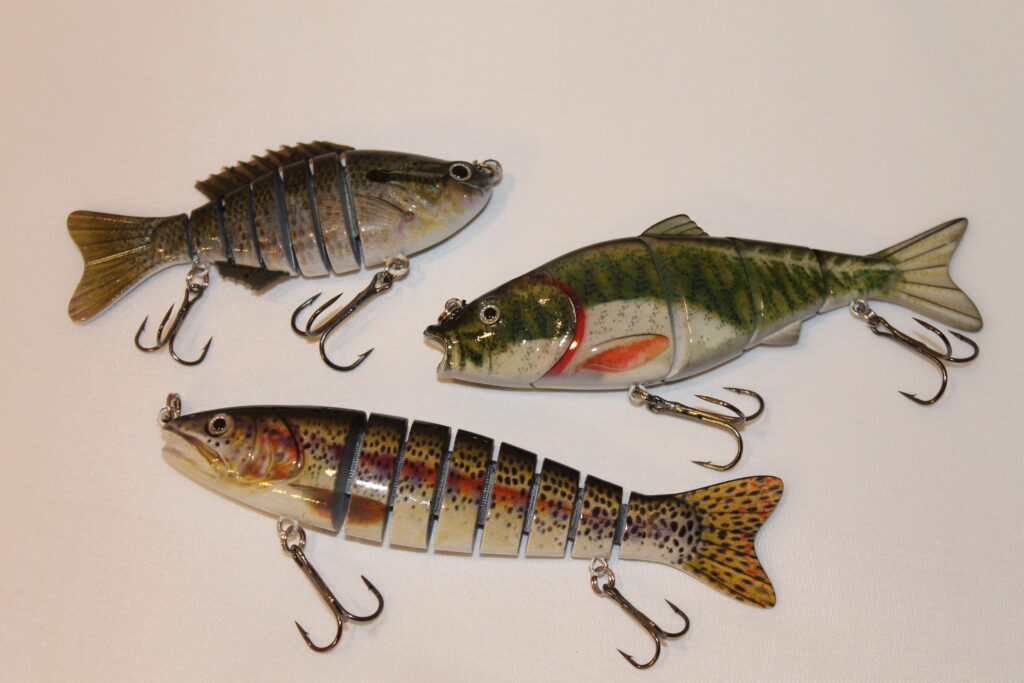
While artificial lures work well for both species, natural baits sometimes outperform all other offerings, especially when fish are feeding selectively. For mackerel, small strips of squid or clam can be effective when threaded onto sabiki rigs or small hooks. Bluefish respond exceptionally well to fresh chunk baits, with mackerel, menhaden (pogies), and herring being top choices. Bait preparation makes a difference – cut pieces should be fresh, with clean cuts that release scent into the water. For chunking bluefish, prepare uniform pieces about 1-2 inches square, and consider bringing a dedicated cutting board and knife for this purpose. Some veteran pier anglers “sweeten” their metal lures with a small strip of bait for added attraction, combining the flash of the lure with the scent of natural prey. Regardless of bait choice, freshness matters tremendously – day-old bait rarely performs as well as freshly cut offerings.
Pier Fishing Etiquette
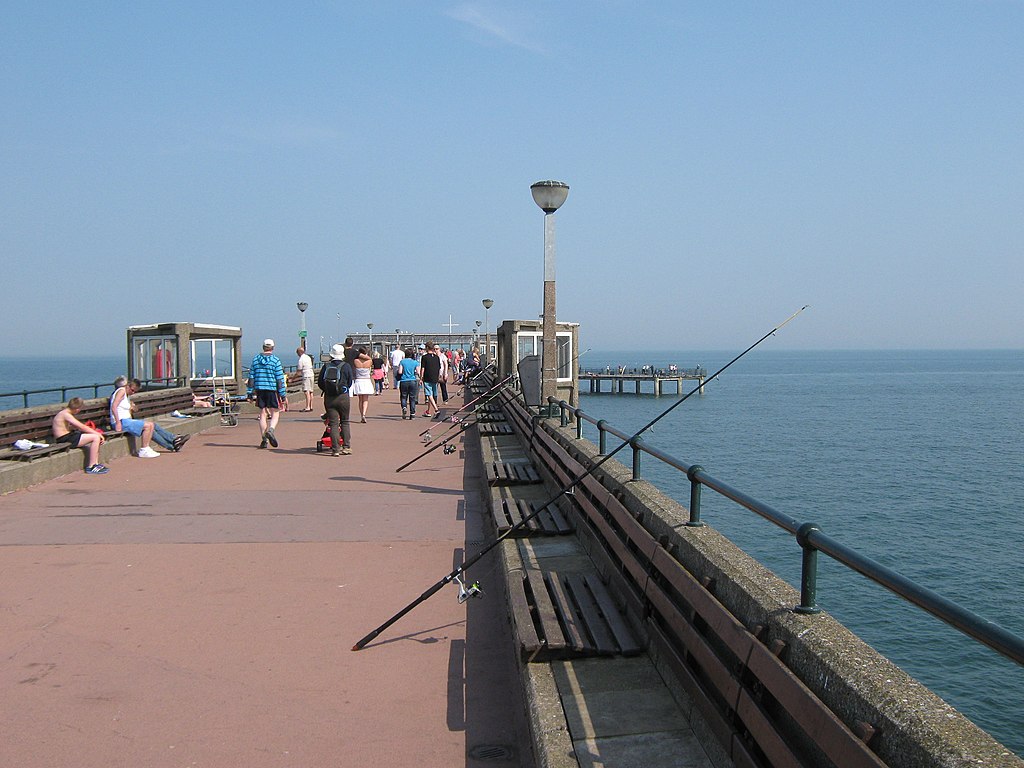
Success on crowded New England piers depends not just on fishing skill but also on respecting unwritten rules of etiquette. Always maintain appropriate spacing between anglers, generally at least 6-10 feet unless the pier is extremely crowded. When a fellow angler is fighting a fish, temporarily pause your fishing and provide space for them to land their catch. Tangles between lines are inevitable in pier fishing; handle these situations calmly and help others untangle when needed. Cleaning fish should only be done at designated stations, never on the pier itself, and all waste should be properly disposed of. Being mindful of non-fishing visitors using the pier is equally important – avoid excessive false casting that might endanger pedestrians, and keep walking areas clear of tackle and equipment. Following these courtesies ensures everyone can enjoy their fishing experience and often leads to valuable information sharing among the pier fishing community.
Handling and Cleaning Your Catch
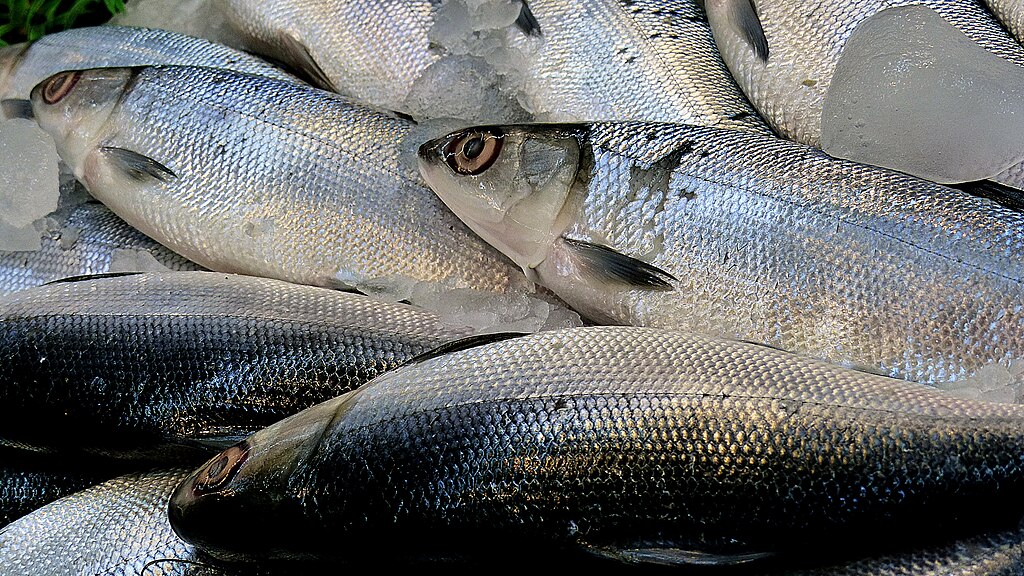
Both mackerel and bluefish require proper handling to maintain their quality as table fare. Immediately after catching, place fish in a cooler with ice to preserve freshness, especially important for mackerel, which deteriorate quickly in warm temperatures. When handling bluefish, exercise caution around their sharp teeth, using pliers for hook removal rather than fingers. For cleaning mackerel, a simple approach works best: remove the head, make a cut along the belly, and remove the innards before rinsing thoroughly with seawater. Bluefish benefit from bleeding immediately after being caught by cutting the gills or making a small incision near the tail, which helps remove the blood that can contribute to a stronger flavor. Both species can be filleted using the standard technique of cutting behind the gills down to the backbone, then running the knife along the spine to remove the fillet. For the best flavor, remove the dark meat (the lateral line) from both species, as this contains oils that can impart a stronger taste.
Conservation and Regulations
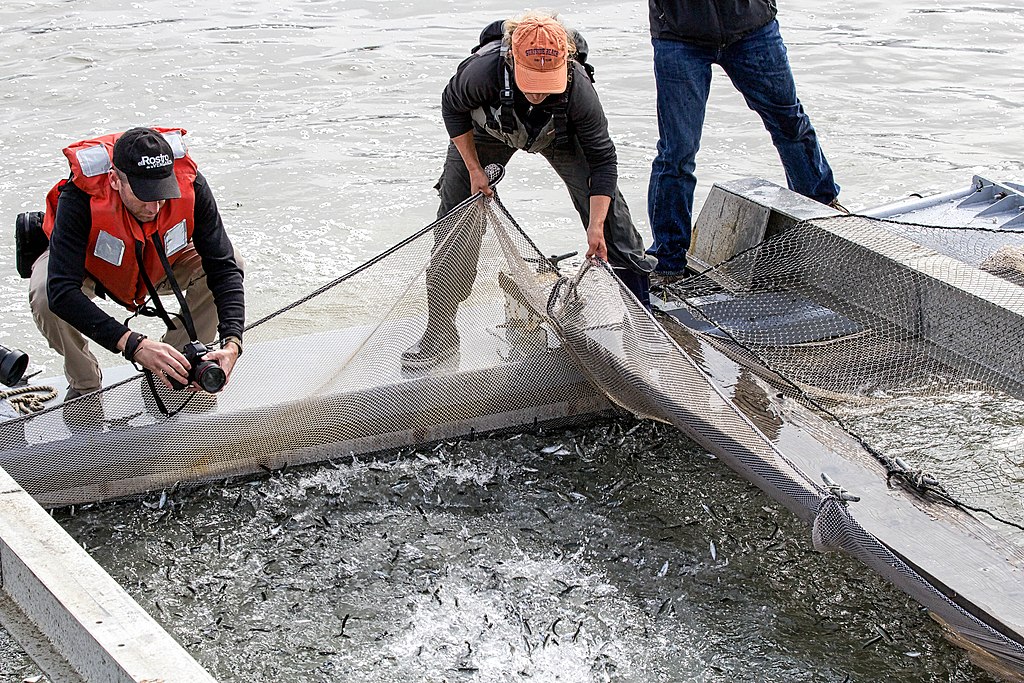
Responsible pier fishing includes awareness of and compliance with current regulations governing mackerel and bluefish in New England waters. As of recent regulations, bluefish have a recreational bag limit of 3 fish per angler per day in federal waters and most state waters, reflecting conservation efforts to address declining populations. Mackerel typically have more generous limits but may be subject to seasonal adjustments based on stock assessments. Size limits vary by state, though bluefish typically need to be at least 9 inches in most New England jurisdictions. Beyond legal requirements, conservation-minded anglers practice catch and release for fish they don’t intend to eat, using proper techniques like barbless hooks and minimal handling to ensure released fish survive. Staying informed about current regulations is essential, as limits can change seasonally based on stock assessments and management decisions by state and federal agencies.
Safety Considerations for Pier Anglers

Fishing from New England piers presents unique safety challenges that require awareness and preparation. Always check weather forecasts before heading out, as conditions on exposed piers can change rapidly and create dangerous situations, particularly during thunderstorms or high winds. Wear appropriate footwear with non-slip soles, as piers often become slippery from fish scales, bait, and spray. When fishing with children, maintain constant supervision and consider having them wear life jackets, especially on high, exposed piers without railings. Be mindful of hook safety, using protective cork or specialized hook holders when moving through crowded areas. During night fishing, bring adequate lighting both for visibility and to signal your presence to others. Most importantly, understand that waves can occasionally wash over piers during storms or unusually high tides – never underestimate the power of the ocean, and be prepared to abandon your fishing spot if conditions deteriorate.
Cooking and Enjoying Your Catch
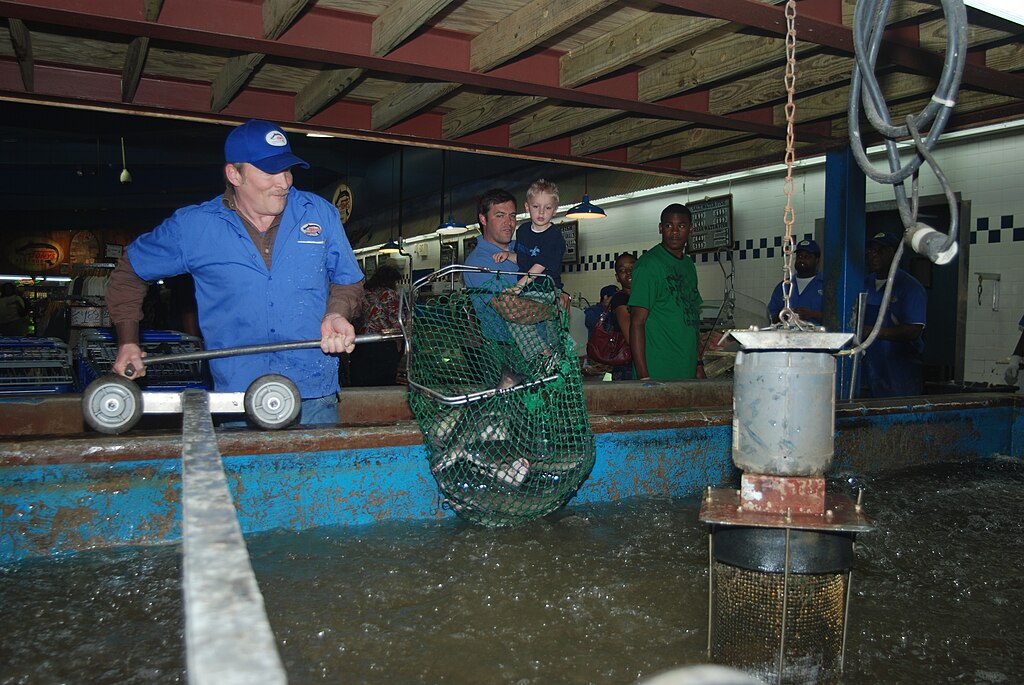
The reward for a successful day of pier fishing comes when preparing your fresh catch for the table. Mackerel, with its rich, oily flesh, excels when cooked simply and quickly – try grilling whole fish with minimal seasoning to appreciate its natural flavor, or smoking fillets for a traditional New England treat. Fresh mackerel also makes exceptional sushi or ceviche when properly handled and iced immediately after catching. Bluefish benefits from preparations that complement its more assertive flavor profile: marinating fillets in citrus juices or milk before cooking helps mellow the taste, while techniques like blackening or grilling with bold seasonings create memorable meals. Both species pair beautifully with seasonal New England ingredients like fresh corn, tomatoes, and herbs during summer months. Perhaps most importantly, sharing your catch with friends and family connects them to New England’s rich maritime traditions and often creates the most lasting memories from your pier fishing adventures.
Conclusion

The tradition of catching mackerel and bluefish from New England’s historic piers connects modern anglers to generations of coastal residents who have relied on these seasonal bounties. Whether you’re a vacationer looking to add an authentic local experience to your trip or a resident seeking to put fresh, sustainable seafood on your table, pier fishing offers accessible adventure without the need for expensive boats or equipment. The migration patterns of these species have remained remarkably consistent over time, creating reliable seasonal opportunities for anglers willing to learn the patterns and techniques that produce success. As you stand on a weathered pier with salt spray in the air and a bent rod in your hands, you’re participating in a New England tradition as timeless as the tides themselves – one that rewards patience, observation, and the willingness to adapt to the rhythms of these remarkable fish.
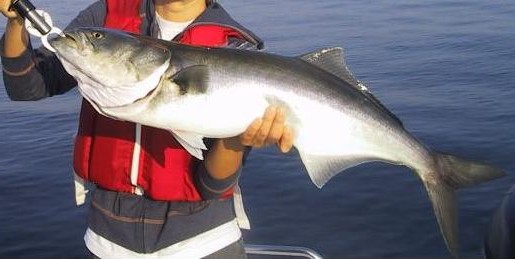
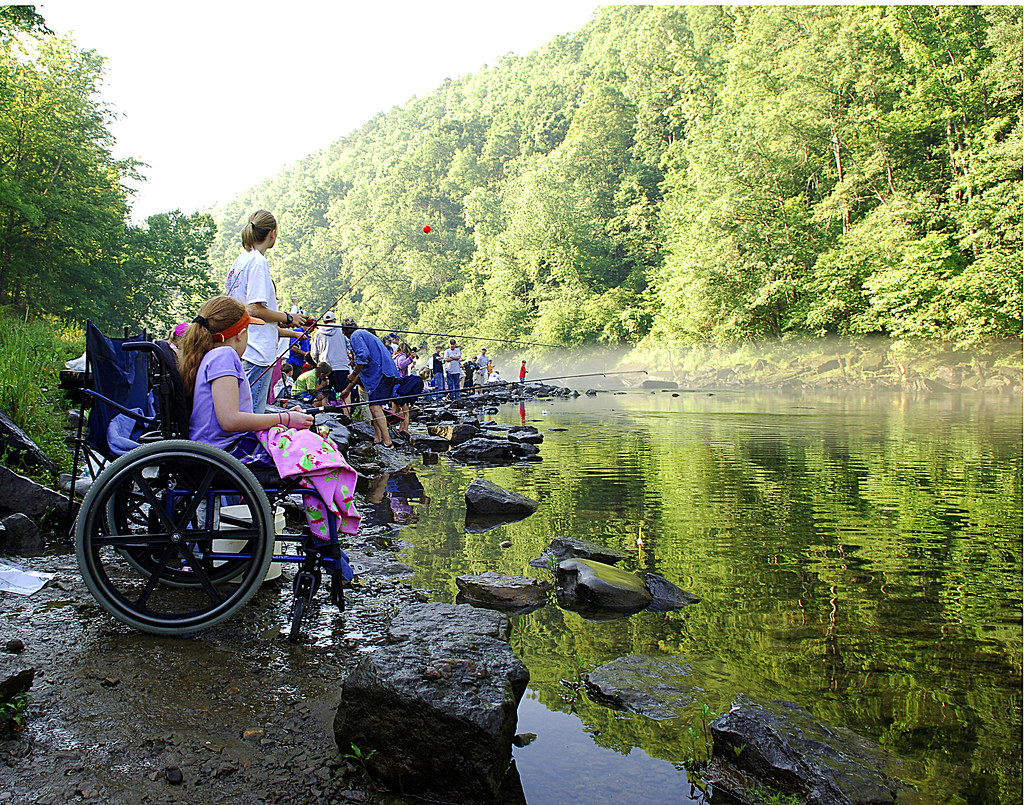
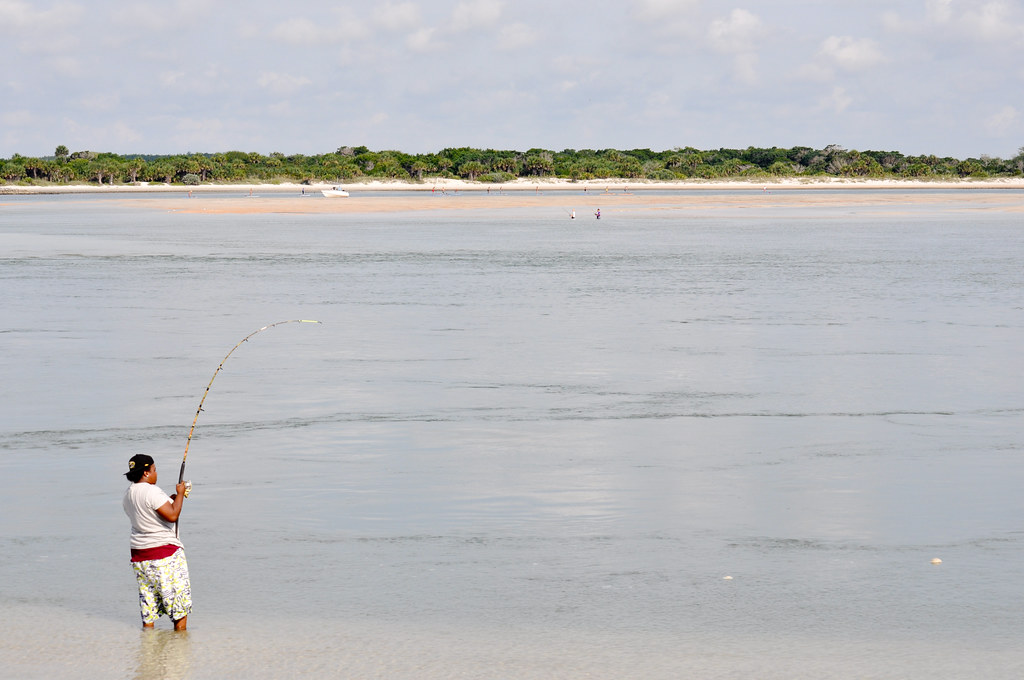











Post Comment